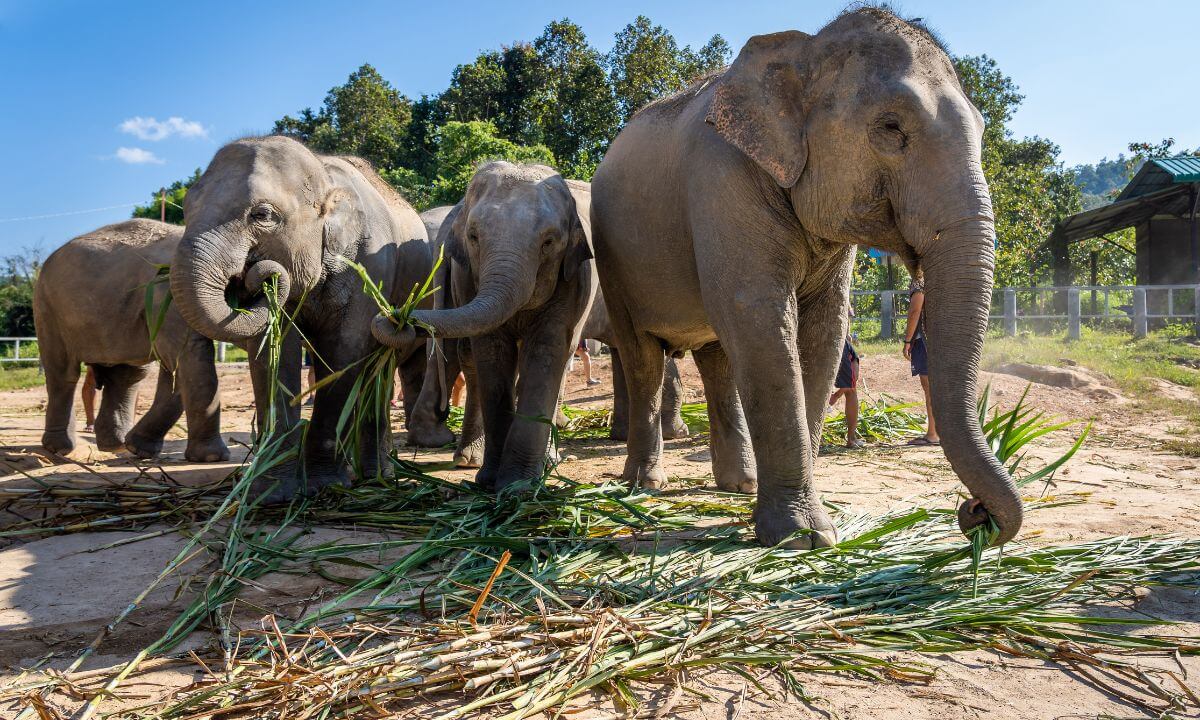Wildlife Photography in Sikkim: Capturing Rare Species in Stunning Locations
Nestled in the northeastern Himalayas, Sikkim is a wonderland for photographers and wildlife enthusiasts. The state presents many chances to find uncommon species in their natural environments with its varied ecosystems, stunning scenery, and incredible biodiversity. From the calm Fambong Lho Wildlife Sanctuary to the magnificent Khangchendzonga National Park, Sikkim is a canvas covered in the best strokes of nature. This blog will go over some of the most significant sites in Sikkim for wildlife photography and offer doable advice on how to get great pictures.
National Park Khangchendzonga: a UNESCO World Heritage Site
One of India’s most significant protected regions, Khangchendzonga National Park is a UNESCO World Heritage Site covering more than 849 square kilometres. Mount Khangchendzonga, the third-highest mountain in the world, is the park’s namesake; it provides a breathtaking backdrop for photographers. Rich in biodiversity, the park hosts several threatened species, including the snow leopard, red panda, Himalayan black bear, and several kinds of deer.
The park’s varied habitats, from subtropical woods to alpine meadows, support more than 550 different kinds of birds. Birdwatchers will be thrilled to see the uncommon Himalayan monal and other vibrantly coloured avian species. The diversified terrain also has clean rivers reflecting the nearby mountains and glacial lakes like Samiti Lake.
Tips for Capturing Wildlife at Khangchendzonga
- Best Time to Visit: The ideal time for wildlife photography is from April to June and September to November when the weather is pleasant and wildlife is more active.
- Equipment: A telephoto lens (200mm or longer) is essential for capturing distant wildlife without disturbing them. A sturdy tripod will help stabilise your shots during low-light conditions.
- Patience is Key: Wildlife photography requires patience. Spend time in one location and wait for animals to appear; they often come out when least expected.
- Respect Wildlife: Maintain a safe distance from animals to avoid stressing them. Ethical photography practices are crucial for conservation.
Fambong Lho Wildlife Sanctuary: A Hidden Gem
Fambong Lho Animal Sanctuary, a less well-known but equally fascinating location for animal photography, is just 25 kilometres from Gangtok Covering more than 51 square kilometres, this refuge boasts rich oak, pine, and rhododendron densities, so providing a great home for a variety of plants and animals.
Among the many fascinating species in the refuge are the Himalayan civet, barking deer, wild boar, and several bird species, including the uncommon satyr tragopan and vivid fire-tailed myzornis. Photographers will find the perfect environment in the rich vegetation mixed with roaring waterfalls.
Tips for Capturing Wildlife at Fambong Lho
- Explore Various Trails: The sanctuary has several well-marked trails that lead to different habitats. Exploring these trails increases your chances of encountering diverse wildlife.
- Early Morning Visits: Wildlife is most active during early mornings and late afternoons. Plan your visits accordingly to capture animals in their natural behaviour.
- Use Natural Light: Early morning light can create soft shadows and highlight colors beautifully—ideal conditions for photography.
- Engage with Local Guides: Hiring local guides can enhance your experience as they know the best spots for wildlife sightings and can share insights about local fauna.
Singalila National Park: Home of the Red Panda
If you are eager to see the elusive red panda, Singalila National Park need to be on your schedule. Situated on the edge of India and Nepal, this park provides rich forests perfect for red pandas as well as other unusual species including Himalayan tahr and serow.
Apart from being a fantastic site for landscape photography, the park offers amazing vistas of the Kanchenjunga mountain range, which is perfect for wildlife photography.
Tips for Capturing Wildlife at Singalila National Park
- Best Time to Visit: The best months are March to May (spring) when flowers bloom and animals are active.
- Capture Movement: Use continuous shooting mode to capture sequences of movement—this is particularly useful when photographing animals like red pandas that may be quick to disappear into foliage.
- Focus on Details: Don’t just focus on wide shots; close-ups of animal tracks or signs of wildlife can add depth to your story.
- Be Prepared for Altitude: Singalila’s elevation can affect your stamina; acclimatize properly before venturing into higher areas.
Pangolakha Wildlife Sanctuary: A Birdwatcher’s Paradise
Another great place in Sikkim mostly recognised for its birdwatching chances is Pangolakha Wildlife Sanctuary. From alpine meadows to subtropical woods, this refuge offers varied habitats.
Because of its position along important migratory paths, birdwatchers might expect observations of several migratory birds. Common species here include such like white-bellied redstart and Himalayan rubythroat.
Tips for Bird Photography at Pangolakha
- Timing Matters: Early mornings are often best for birdwatching when birds are most active.
- Bring Binoculars: This will help you locate birds before you attempt to photograph them; knowing where they are will increase your chances of getting good shots.
- Stay Quiet: Birds can be skittish; move slowly and quietly to avoid scaring them away.
- Use Camouflage Gear: Wearing natural colours helps you blend into your surroundings while photographing birds.
Conclusion
With its great biodiversity and breathtaking scenery spanning several national parks and sanctuaries, such as Khangchendzonga National Park, Fambong Lho Wildlife Sanctuary, Singalila National Park, and Pangolakha Wildlife Sanctuary, Sikkim presents an unmatched experience for wildlife photographers. Every place offers special chances to see uncommon species and enjoy the natural surroundings.
Through careful planning, suitable equipment, and ethical photographic methods, you may produce striking stories that highlight Sikkim’s remarkable wildlife legacy via your lens. Your travels should fall during the best seasons. So take your camera equipment, explore the untamed heart of Sikkim, and let the environment inspire your imagination!

